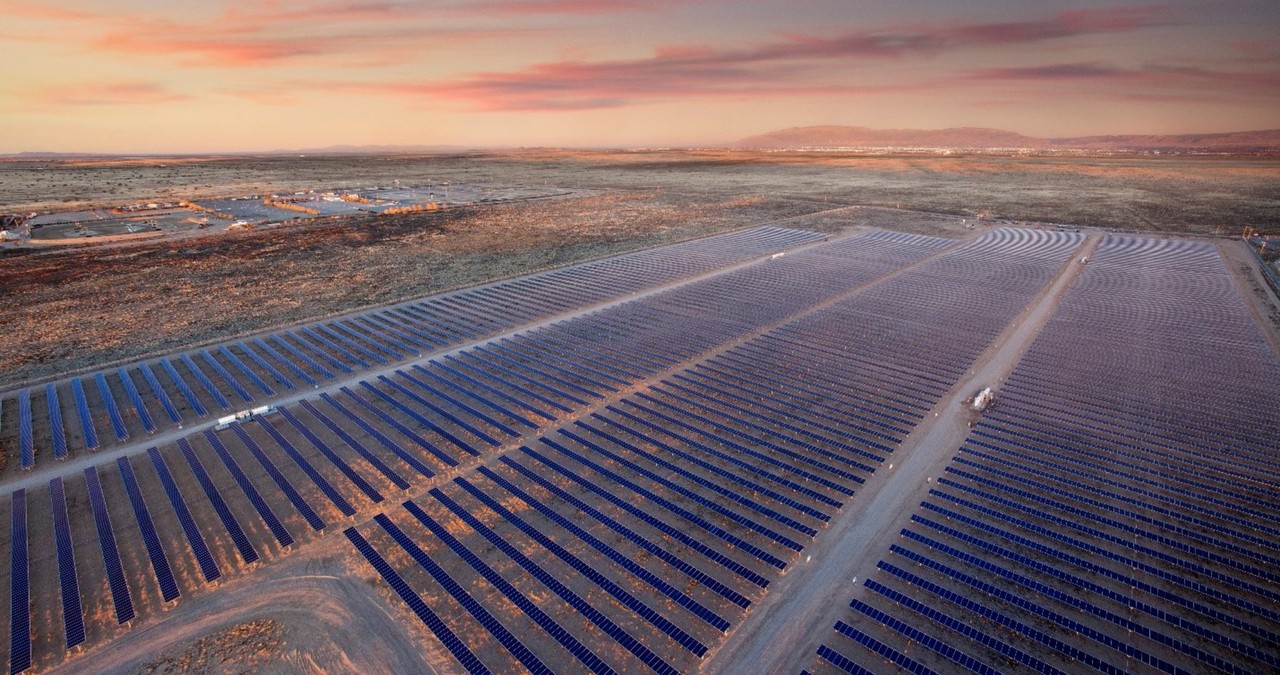
Engineering Solar Trackers for Long-Term Reliability
Adapted from a contributed piece for Utility Dive
When it comes to tracking the sun, all solar trackers are designed to accomplish the same goal – track the sun’s daily course from east to west to harness its energy and boost solar power. There are a few different tracker architectures that accomplish this basic task. At first glance, these tracker designs might look similar but digging deeper reveals very different approaches that impact long-term durability and operating and maintenance costs.
The Key Difference in Tracker Architectures
Among the many solar tracking technologies available on the market, each one has a unique way of tracking the sun. One of the biggest differences comes in the amount of electrical and electromechanical components used per MW to drive the tracker system, and how that relates to reliability.
As a general rule of thumb, the more failure-sensitive components in a tracker, the greater the frequency of mechanical breakdown and system failure over time. A typical 100 MW project will have over 200 miles of trackers, so details are very important. While quality of components is critical, even more critical is the number of components per MW. Both in terms of quickly and accurately installing a tracker, as well as ensuring the long-term health of the system.
For example, in Array Technologies’ DuraTrack HZ v3 architecture, one industrial-grade, high-quality motor is linked to 28 rows that can support up to 90 solar panels. The rows are linked together with a flexible driveline that rotates a gear on each row, greatly reducing the number of failure-sensitive components involved in the solar field. This design leads to about 150 electromechanical components in a typical 100 MW project, whereas other designs requiring motors, controllers and instrumentation on each row can have tens of thousands electromechanical components. For power plant assets having long lives and often being placed in remote locations, it is our experience that simpler is better for the long-term reliability of the plant.
A Unique Approach to Stow
Another key difference in tracker architectures is how the tracker handles wind events. In the case of Array’s DuraTrack HZ v3, the tracker is built to withstand winds at any tracker tilt angle. This conservative design philosophy employs a unique patented torsion limiter that eliminates system instability in wind events. When the load reaches a certain point, the gears of the affected tracker rows will naturally disengage and the structure will maneuver to the best tilt angle to effectively shed the wind force. The force of the wind is transferred through the structure and shared evenly across the supports to mitigate potential damage. This innovative mechanical approach is automatic in nature, and does not depend on failure prone instrumentation to function properly.
Most other trackers are designed to handle winds by stowing flat during an event. In this case, the system relies on a chain of instrumentation, controls, and motors to achieve the stow position when needed. All these components must be functioning to ensure the safety of the system, which can lead to significant O&M costs.
Engineered Simplicity Backed by Decades of Experience
The amount of equipment used in large-utility scale solar projects is substantial. Stacked end to end, Array Technologies’ trackers installed in its 28-year history would span from the state of Maine all the way to Australia. Maintaining this many assets with design lives of 30 years in challenging outdoor environments, requires careful attention to detail. Our experience tells us the elimination of as many components leads to the best insurance policy. Ensuring that owners will get the returns they hoped for when investing in these facilities, and customers will get the lowest cost and most reliability power to supply their needs.